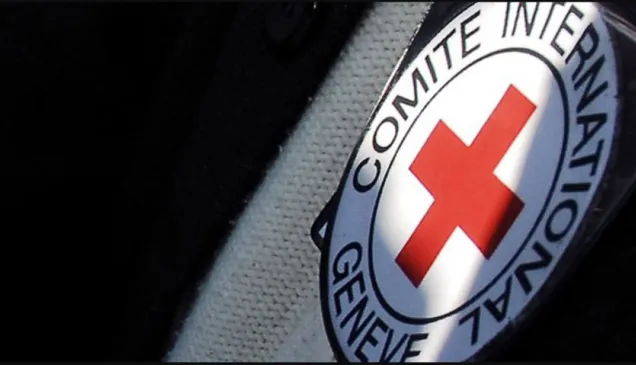What are jus ad bellum and jus in bello?
Extract from ICRC publication "International humanitarian law: answers to your questions"
Jus ad bellum refers to the conditions under which States may resort to war or to the use of armed force in general. The prohibition against the use of force amongst States and the exceptions to it (self-defence and UN
authorization for the use of force), set out in the United Nations Charter of 1945, are the core ingredients of jus ad bellum (see the box titled "On the Prohibition against War"). Jus in bello regulates the conduct of parties engaged in an armed conflict. IHL is synonymous with jus in bello; it seeks to minimize suffering in armed conflicts, notably by protecting and assisting all victims of armed conflict to the greatest extent possible.
IHL applies to the belligerent parties irrespective of the reasons for the conflict or the justness of the causes for which they are fighting. If it were otherwise, implementing the law would be impossible, since every party
would claim to be a victim of aggression. Moreover, IHL is intended to protect victims of armed conflicts regardless of party affiliation. That is why jus in bello must remain independent of jus ad bellum.
ON THE PROHIBITION AGAINST WAR
Until the end of the First World War, resorting to the use of armed force was regarded not as an illegal act but as an acceptable way of settling disputes.
In 1919, the Covenant of the League of Nations and, in 1928, the Treaty of Paris (the Briand-Kellogg Pact) sought to outlaw war. The adoption of the United Nations Charter in 1945 confirmed the trend: "The members of the Organization shall abstain, in their international relations, from resorting to the threat or use of force ..." However, the UN Charter upholds States' right to individual or collective self-defence in response to aggression by another State (or group of States). The UN Security Council, acting on the basis of Chapter VII of the Charter, may also decide to resort to the collective use of force in response to a threat to the peace, a breach of the peace or an act of aggression.
IHL AND THE 'RESPONSIBILITY TO PROTECT'
The Global Centre for the Responsibility to Protect was set up in 2008; it plays a major role in developing and promoting the concept of the 'responsibility to protect' (R2P), which it defines as follows:
"The responsibility to protect is a principle which seeks to ensure that the international community never again fails to act in the face of genocide and other gross forms of human rights abuse. "R2P," as it is commonly abbreviated, was adopted by heads of state and government at the World Summit in 2005 sitting as the United Nations General Assembly. The principle stipulates, first, that states have an obligation to protect their citizens from mass atrocities; second, that the international community should assist them in doing so; and, third, that, if the state in question fails to act appropriately, the responsibility to do so falls to that larger community of states. R2P should be understood as a solemn promise made by leaders of every country to all men and women endangered by mass atrocities."
The concept of R2P implies that if a State manifestly fails to comply with its obligation to protect its population from four particular crimes – genocide, war crimes, ethnic cleansing and crimes against humanity – the international community has a responsibility to take joint action to protect the people in question. Such action can take various forms: diplomacy, humanitarian measures or other peaceful means; it can also, as a last resort, involve the use of force, but only after the UN Security Council's authorization. Although R2P is referred to sometimes as an "emerging norm," it is not a binding legal obligation committing the international community, but a political instrument.
IHL provides no such basis for legalizing or legitimizing the resort to force in international relations. Neither does it prohibit States from using force for humanitarian purposes. The legality of the use of armed force in international relations is determined solely under jus ad bellum. It should be noted, however, that the rationale underlying R2P and the obligation to ensure respect for IHL are akin, to the extent that they emphasize the international community's responsibility to ensure respect for IHL and to prevent IHL violations, including war crimes and other international crimes. The use of force in the R2P context can also be regarded as one of the forms of joint action with the United Nations explicitly mentioned in Article 89 of Protocol I of 8 June 1977 additional to the Geneva Conventions (Additional Protocol I), which states that "in situations of serious violations of the Conventions or of this Protocol, the High Contracting Parties undertake to act, jointly or individually, in cooperation with the United Nations and in conformity with the United Nations Charter."
The ICRC, in accordance with the Fundamental Principle of neutrality, is neither for nor against R2P military interventions. It expresses no opinion on the measures undertaken by the international community to ensure respect for IHL. There remains this crucial point however: any use of force on grounds of R2P and/or of the obligation to ensure respect for IHL must comply with the relevant obligations under IHL and human rights law. In other words, States or international organizations taking part in armed conflicts within the context of an R2P operation must respect IHL at all times.

